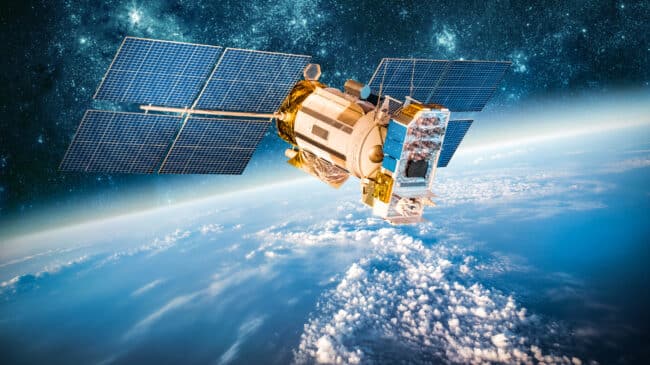Orbital debris is a significant space sustainability problem. Debris particles can cause severe harm if they collide with spacecraft like the International Space Station (ISS) and satellites functioning in orbit. In-orbit collisions jeopardize billions of dollars’ worth of space technology for public and private ventures in space. The National Aeronautics and Space Administration (NASA) estimates the population of space debris particles between 1 and 10 centimeters (cm) in diameter to be at least 500,000. Space debris will only increase as more actors get involved in space. Due to the real risk space debris generates, it is in this country’s best interest to work toward better tracking of space debris and its removal through improved space traffic management.
To do this, the Biden administration must work to consolidate space traffic management regulatory authority into one federal agency and work with the commercial space industry. This will expand space situational awareness policy to encourage responsible and sustainable practices by both government and commercial space actors.
What Is Orbital Debris and What Are its Dangers?
The more colloquial term for orbital debris is “space junk.” Orbital debris is no longer-useful man-made objects in orbit such as used spacecraft, retired satellites, and debris caused by the fragmentation of space objects. Fragmentation can either be caused by a collision of objects in orbit, other debris hitting objects in orbit, or by anti-satellite (ASAT) weapons that destroy satellites in tests. When space debris collides with a functioning craft in orbit, it can seriously damage the object or render it unusable.
NASA estimates the population of space debris particles between 1 and 10 cm in diameter to be at least 500,000, and estimates over 23,000 particles larger than 10 cm. Space debris will only increase as more actors get involved in space.
With more satellites being launched into orbit, and constellations like Starlink webbing across low earth orbit (LEO), orbital debris is concerning. In LEO, space debris “circles the Earth at speeds of between 4 and 5 miles per second (7 to 8 km/s) [and] the average impact speed of orbital debris with another space object will be approximately 6 miles per second (10 km/s).” Although a 10 cm piece of debris may seem insignificant to us on Earth, at these speeds, orbital debris can incapacitate a satellite. And cascading collisions of orbital debris (called a Kessler Effect) could render a number of satellites useless.
While launch has created orbital debris, such as when rockets discard their upper stages in orbit, orbital debris can also cause many problems for the launch industry. When launching a rocket, the launch provider must be cautious of where the flight path may intersect with orbital debris and additionally make sure the materials used to construct its rockets can withstand the effects of smaller debris. This can get expensive and tedious. With debris increasing, debris-resistant materials will only be more of a concern for launch engineers. For instance, back when the U.S. Space Shuttle was flying, NASA had to constantly replace rockets’ windows because of the damage from orbital debris collision impact on the spacecraft. While orbital debris tracking has allowed for launch providers to map out their flight paths to avoid debris more easily, it is still very much a concern when designing the rockets.
The ISS maneuvered 25 times between 1999 and 2018 to avoid space debris. In 2020, ISS astronauts administered avoidance maneuvers three times. This is extremely concerning compared to the prior average of one avoidance maneuver a year.
Orbital debris has been so abundant in the past, that astronauts have had to hide in the Russian Soyuz capsule to wait out orbital debris collisions with the station. A recent exposure to orbital debris to the ISS was reported by the Canadian Space Agency to its Canadarm2, an 18-meter-long arm on the station that helps maintain tasks. While the robotic arm was unaffected this has created significant and worry for those in space.
Full Policy Brief: U.S. Space Traffic Management and Orbital Debris Policy

